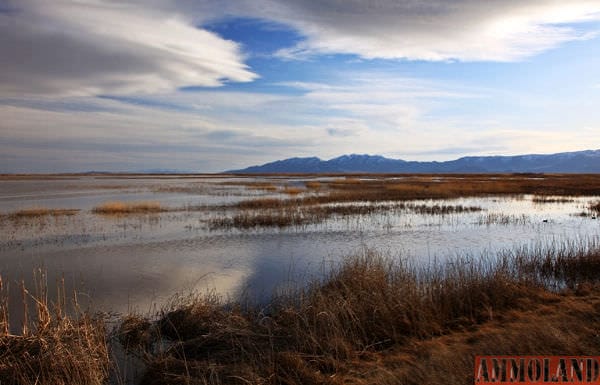

Minnesota –-(Ammoland.com)- The month of July is, on average, the warmest of the year and is a time when many lawn sprinkler systems are running regularly. During this warm summer season, the Department of Natural Resources reminds people to use water wisely.
In most communities in Minnesota, water used for lawn sprinkling comes from groundwater, which cities pump through pipes to homes.
“Many communities are taking steps to use water more efficiently,” DNR Water Conservation Program Coordinator Carmelita Nelson said.
The DNR urges people to follow the pattern and reduce the amount of water they use on their lawns. In turn, they’ll be conserving the groundwater their communities depend on for basic necessities, like drinking water.
High summer water use is a big expense for cities. For example, a city may use only four wells in the winter months to provide water to residents, but in the summer months they may need 15-18 wells to supply water, primarily for residential lawn watering.
“This is a lot of extra infrastructure just for emerald lawns in July and August,” Nelson said. “To minimize the summer spike, many cities are reducing water use on city-owned properties and encouraging residents to follow suit. We all need to be mindful of our water use,” said Nelson, “and do our part this summer to protect our water sources for current and future generations. In Minnesota, dormant lawns usually return to green naturally. If you do irrigate, be a smart irrigator.”
Some Conservation Tips
- Check city ordinances to find out when lawn watering is allowed. Often, lawn watering is prohibited during the middle of the day or there may be a restriction on the days people may water.
- Lawns only need about 1 inch of water per week, although this may vary depending on the soil. To figure out how long it takes for a sprinkler to provide one inch of water, set an empty tuna can in the yard and determine the amount of time it takes to fill up when watering the lawn. That is the amount of time to water the lawn each week, without rain.
- If it rains, reduce watering appropriately. For automatic sprinkler systems, a new rain sensor can save 60 percent on water use. Since 2003, state law has required sensors that shut off sprinkler systems if it has rained recently. Replacing old spray heads with new precision spray nozzles can result in 30 percent water savings.
- For more tips on lawn watering efficiency go to http://go.usa.gov/xqtGk.
